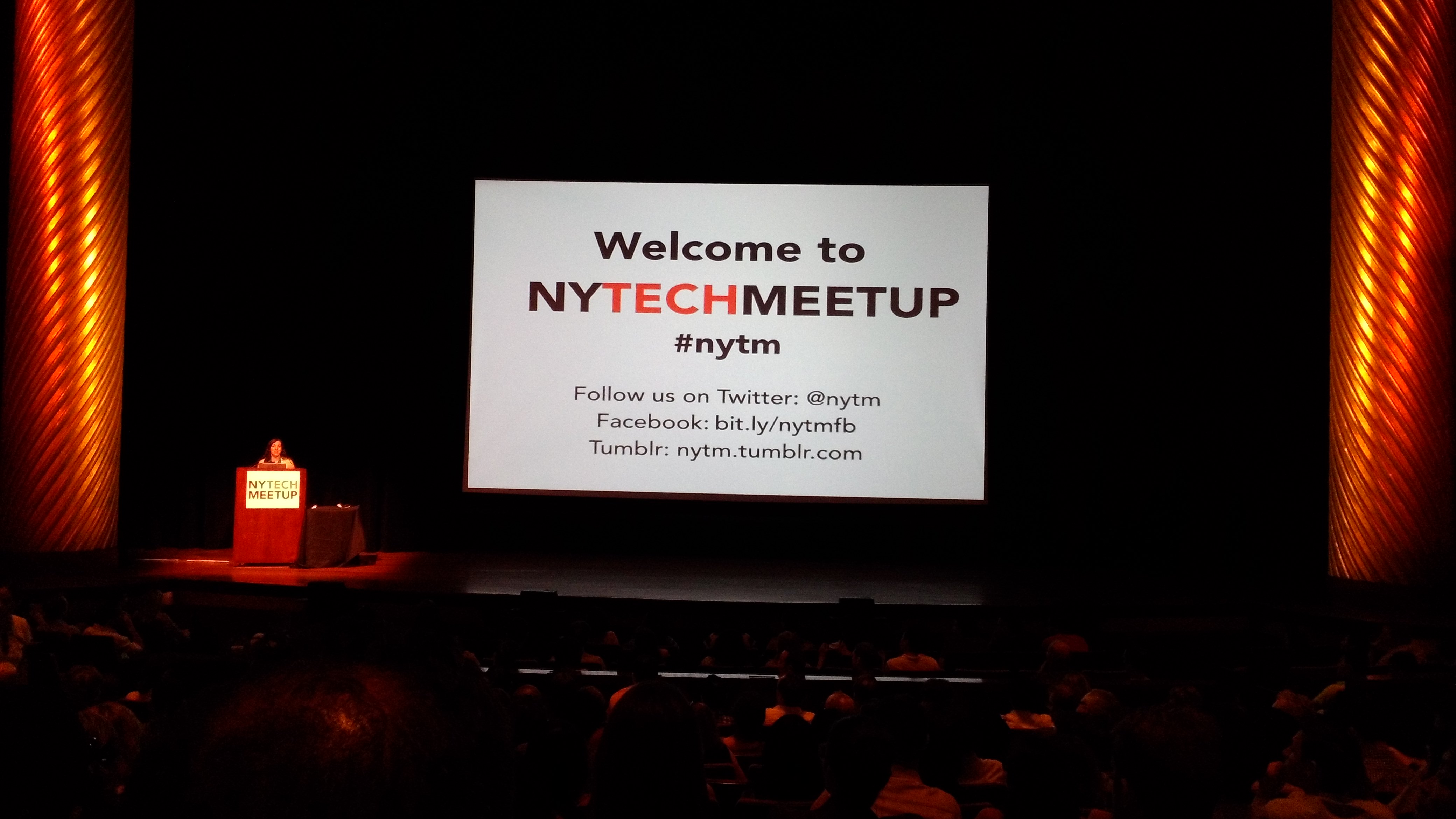July 2014 New York Tech Meetup (Part 2)

In part one of this series, I described the startups that presented in the first segment of July’s New York Tech Meetup: augmented reality for consumer products, Google street view for retailers, and co-worker personality rating. This post will discuss the three startups that presented in the second segment.
Shoppable
72Lux demonstrated Shoppable, what they described as a licensable marketplace. The Shoppable platform provides a so-called universal checkout API as well as a universal wishlist API intended for online publishers to enable their readership to seamlessly purchase products from different retailers directly on the publisher’s website. For example, Time.com might publish an article about a new product from Sephora. Interested readers could then immediately purchase that product right from the Time.com website. Alternatively, readers could also save the product in their wishlist and later complete their purchase from Time.com or any other publisher using the Shoppable API. Finally, consumers could also visit the Shoppable website to purchase products directly from various retailers.
Q&A (paraphrased)
- Is it possible to price compare against other e-commerce sites?
- Yes, but only with other websites that have integrated with the Shoppable platform.
- How do you resolve conflicts (e.g. price differences) between competitors on your platform?
- It is ultimately a business decision for the retailers themselves.
Electric Objects
Electric Objects demonstrated their prototype of a digital “photoframe” integrated with their website, a platform for managing the content that appears on the photoframe itself. The photoframe they demoed was a 23-inch IPS display running a customized build of Android. Unlike traditional photoframes which display only static images, their photoframe can render animations as well. Their intention in building this technology is to provide users with a way to experience the digital art found across the internet in a real-world setting. They have also begun an artist-in-residence program to produce artwork especially for their photoframe.
Q&A (paraphrased)
- How do you address the problem of copyrights?
- We consider the display of artwork with our technology to be within the bounds of fair use.
- How much power does the monitor consume?
- No more than an incandescent lightbulb.
- What kind of material is used for the photoframe’s case?
- Currently it is plastic, but we will also provide an option for a wooden case.
Amicus
Amicus presented a service that allows non-profits to raise awareness, funds, and increase engagement amongst their supporters. This service allows users to send physical postcards to their friends to encourage them to join the cause. The postcards can be customized to include a personalized message from the sender and different images provided by the non-profit. One unique aspect of the service is that users need not enter the recipient’s address: this information is gleaned from correlating the recipient’s Facebook profile with publicly-available sources such as voter registration records.
Q&A (paraphrased)
- Is it possible for users to input an address for recipients?
- No. For now it is only possible to send postcards to recipients whose addresses are available. We found that allowing users to add addresses for recipients suffered from decision fatigue and would not ultimately send the postcard.
- How do you ensure that the recipient’s address is correct?
- We partner with data providers to ensure correctness of addresses.